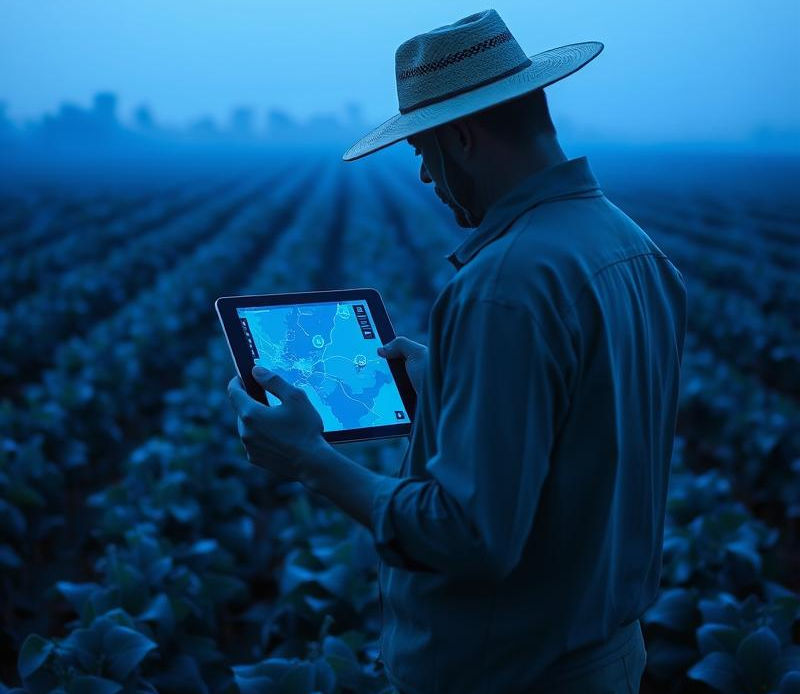
The Rise of AI in Agriculture:
The agriculture industry is witnessing a surge in the adoption of Artificial Intelligence (AI), driven by the promise of increased efficiency and sustainability. From autonomous tractors to AI-powered crop monitoring systems, agriculture technology trends are rapidly transforming traditional farming practices.
The Need for Accurate Machine Learning Models:
At the heart of these technological advancements are machine learning models that enable machines to learn from data and make intelligent decisions. However, the accuracy and reliability of these models hinge on the quality of data they are trained on. This is where data annotation in agriculture plays a crucial role. Learn more about how image annotation is used in developing AI crop harvesting systems here: Developing AI Crop Harvesting Systems with Image Annotation.
The Role of Data Annotation in Farming:
Data annotation involves labeling agricultural data, such as images, videos, and sensor readings, to make it understandable for machines. For instance, precision agriculture annotation might involve identifying and tagging different types of crops, pests, or diseases in images. This annotated data serves as the training material for AI models, enabling them to accurately identify patterns, make predictions, and automate tasks. This process is essential for the future of agriculture technology, as it empowers AI systems to perform tasks like:
-Identifying and classifying crops, weeds, and pests from drone imagery.
-Monitoring crop health and detecting diseases at early stages.
-Optimizing irrigation and fertilization based on real-time data.
-Automating harvesting processes with precision and efficiency.
Ready to discover how annotation is shaping the future of agriculture?


